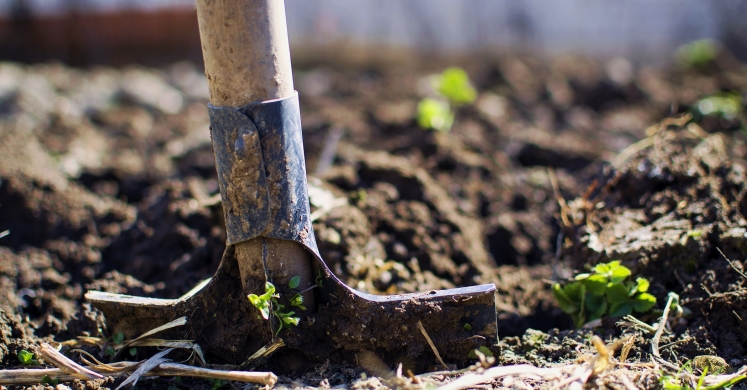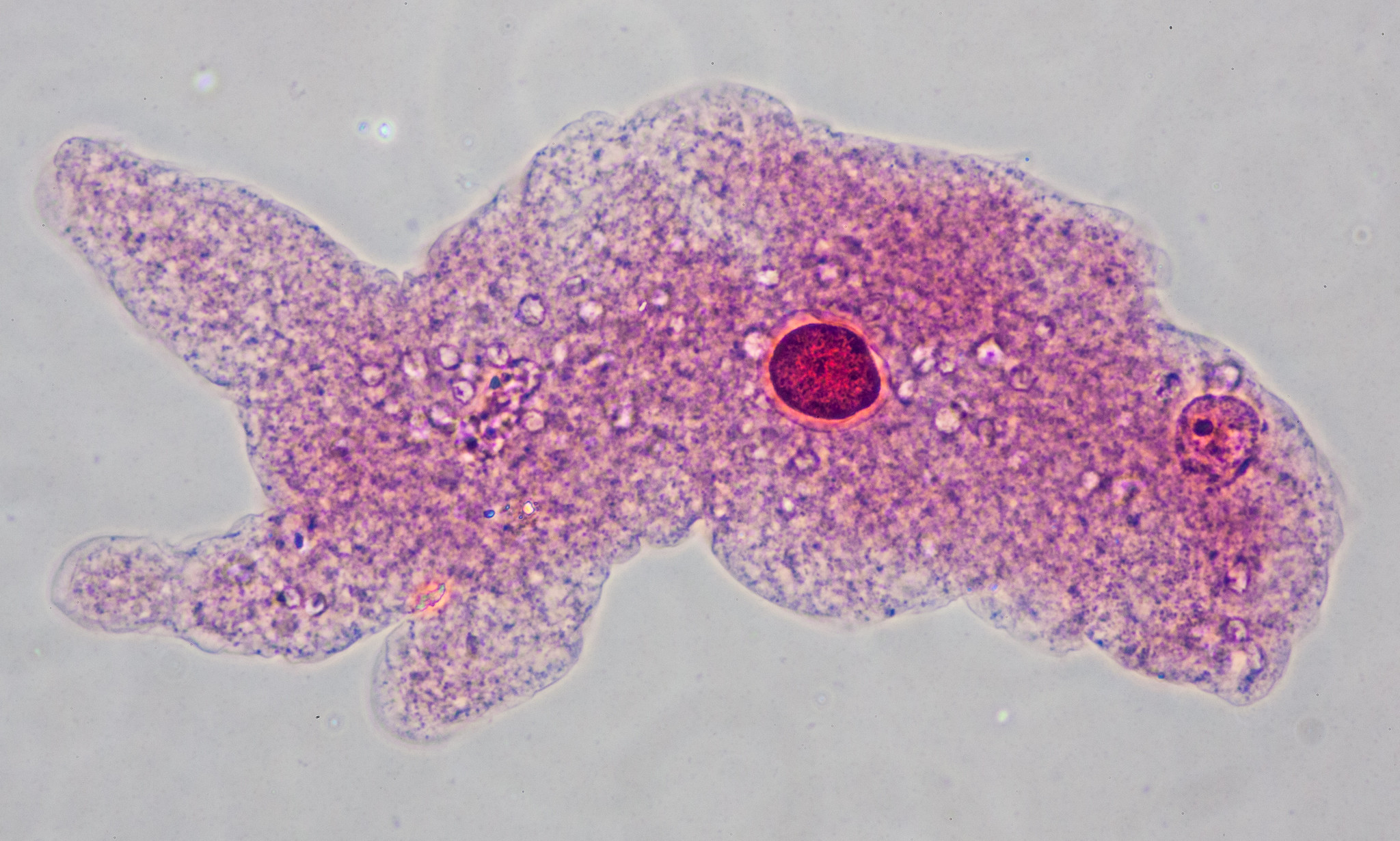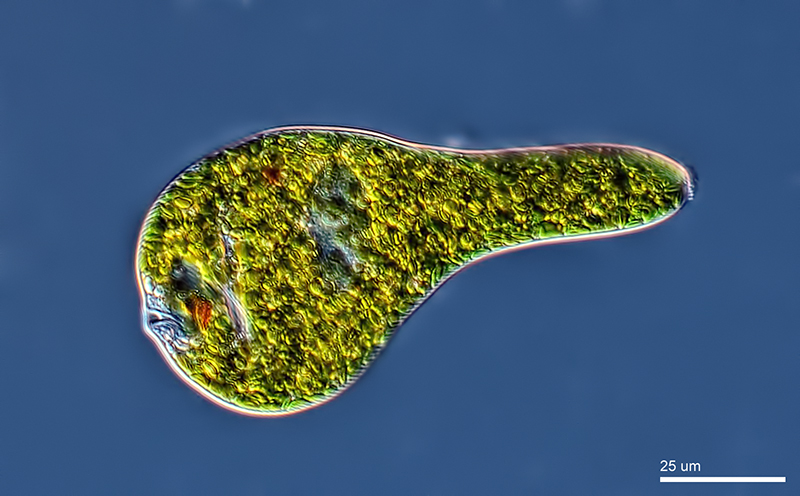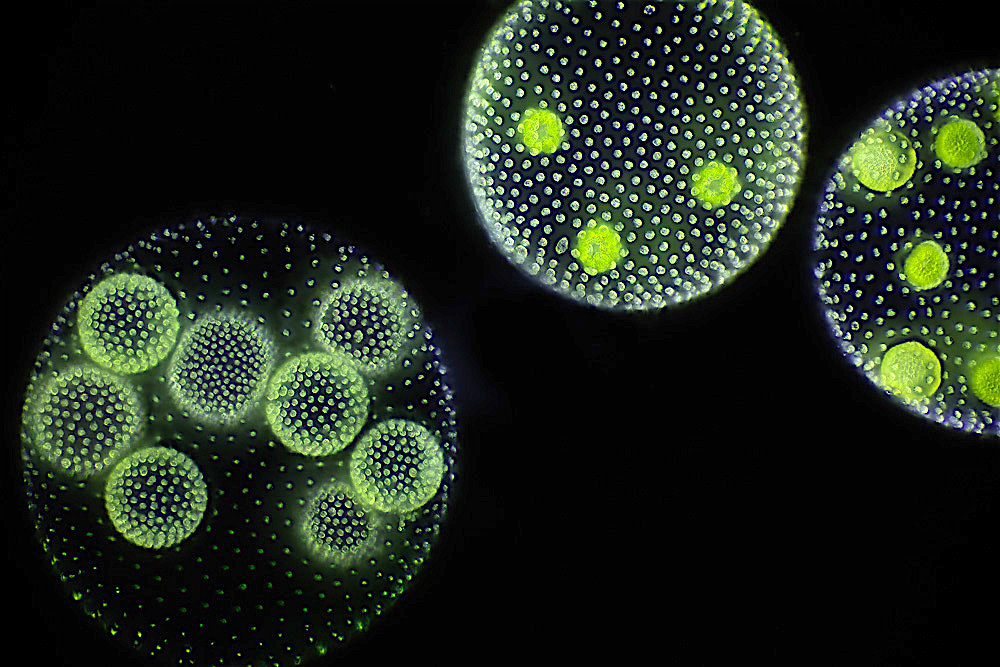Blog

#bioPGH Blog: There in the Soil! It’s a Bug, It’s Bacteria, It’s a…Protist?
 A resource of Biophilia: Pittsburgh, #bioPGH is a weekly blog and social media series that aims to encourage both children and adults to reconnect with nature and enjoy what each of our distinctive seasons has to offer.
A resource of Biophilia: Pittsburgh, #bioPGH is a weekly blog and social media series that aims to encourage both children and adults to reconnect with nature and enjoy what each of our distinctive seasons has to offer.
What’s living in the ground beneath our feet? While many of us know the go-to icebreaker fact that a teaspoon of healthy soil contains somewhere 100 million and one billion bacteria, and many of us celebrate that up to a few hundred million insects may be found in a single acre of soil, there is another broad group of living things that often go unnoticed but certainly deserve our attention: Protists.

Amoeba, Flickr user Ken Schwarz, CC BY-NC-ND 2.0
What a protist? One might ask. It’s a slightly complicated answer – we know what they are not. We know that protists are not animals, fungi, plants, or bacteria. We know that protists are not a formal group of living things (like animals or plants), though you may have learned an early classification of “Kingdom Protista” in high school like I did. Today, “protist” is a general catch-all word to describe organisms that are often single-celled and have a nucleus and organelles, but are not the aforementioned plants, animals, fungi, etc. Protists have a wide range of traits and features, some species are related, some have common ancestors, and some are just bonkers. Protists may not be a formal classification of a group, but that doesn’t make them less essential to their habitats and they play quite a few important roles.

Euglenid, Wikimedia user Rogelio Moreno, public domain
First up, soil protists are major players in the soil food web. When we hear the word “predator,” something large, furry, and toothed comes to mind, but soil protists are quite effective predators of those millions of bacteria in every teaspoon of soil. Besides bacteria, protists may also eat some materials from plants, fungi, and other dead organic material. Some protists, though, are actually photosynthetic like plants!

Volvox, a colonial protist – meaning it’s single cells that live together in a “colony,” but it’s not truly multicellular. Volvox is more common in aquatic environments than, but it can be found in puddles and exceptionally wet soils. It’s my second favorite non-animal, behind diatoms. Wikimedia user Frank Fox, CC-BY-SA-3.0-DE
Their diets mean that soil protists are also key players in soil nutrient cycling. Nutrient cycling is the process of materials that once made up living things being broken down by natural processes (such as a storm or decomposers), which frees up the material to be used by another living thing. Regardless of habitat type, be it meadow, forest, or backyard, soil protists are hugely responsible for breaking down materials and returning the nutrients to the soil food web; but until recent years, they actually weren’t given full recognition for this in research models. However, biologists have become increasingly aware of this function, so if any young biologists out there are excited for a new area of research, here is your chance!
Nature never fails to surprise – can you even imagine that with each step we take onto the ground outdoors, whole communities, whole systems, are growing and thriving below us? It’s mind-boggling to think about!

